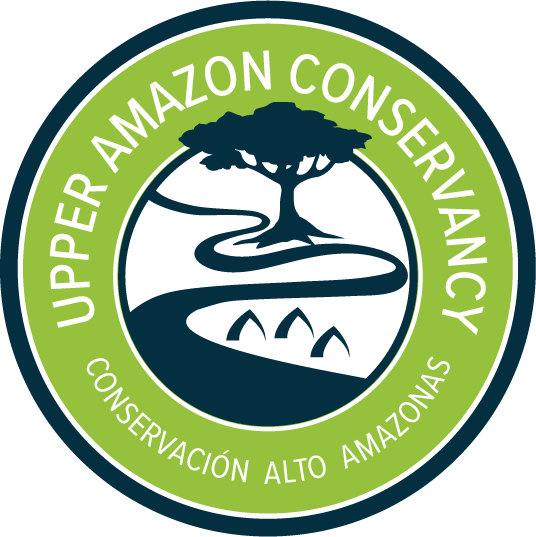Protecting Endangered River Turtles in the Yurua
Sawawo community with the UAC technical team.
Within the framework of our commitment to promoting the preservation of threatened species and the sustainable development of the Yurúa, we are conducting the reproductive management of water turtles in semi-natural incubation hatcheries in several communities in order to increase their chances of survival, and also to ensure members of the community will still be able to sell the eggs in a sustainable way for the species.
The appropriate and organized management of the populations of water turtles such as the charapa (Podocnemis expansa) and taricaya (Podocnemis unifilis) secure their conservation and the sustainable economy of the communities. The Alto Purús National Park of the National Service of Natural Protected Areas (PNAP-SERNANP), the local Indigenous organizations, and Upper Amazon Conservancy-UAC are working together in order to protect and preserve these species of ecological and economic importance in the Yurúa sector, in the rivers Alto Yurúa, Huacapishtea and Amonia, in the Peru-Brazil border.
The methodology for the reproductive management of water turtles is the one used by the PNAP–SERNANP, which starts with the formulation of a work plan, training of the key stakeholders, forming management groups, identifying and georeferencing of potential beaches for the spawning, collection of eggs, building of artificial hatcheries, re-nesting, monitoring, hatching, and hatchling release.






During the field works, leaders and children from the native communities participated actively. They came from the communities of Dulce Gloria (Alto Yurúa), and its annexed villages of Selva Virgen and Nuevo Edén, Nueva Bella (Huacapishtea river) and Sawawo Hito 40 (Amonia river). Below are some impressions of this initiative by the people of Yurúa.
“We should look after our turtles so they can grow in number; in time they will feed our children. That’s why I am promoting their management in my community.”
— Alberto García, Deputy Chief of Sawawo Hito 40
“A lot of people believe that the turtles will last forever, but they don’t, because we eat everything—eggs and mothers—; that’s why I am promoting repopulation of taricayas and charapas in my community, so our children will have plenty.”
— Enoc Ruiz, Chief of Dulce Gloria
“God has given the taricaya to be eaten, but we should not eradicate them. I see people taking all the eggs from the beach; they leave none to be born. We need to look after our resources for our families. Will they not want to eat? Yes, they will! That’s why we need to protect and help them reproduce.”
— Carmelino Vásquez, Chief of Nueva Bella
This initiative has been promoted by Conservación Alto Amazonas (UAC), and executed and backed by local stakeholders such as the Alto Purús National Park (PNAP–SERNANP), operating headquarters of Puerto Breu, the Association of Native Communities for a Comprehensive Development of Yurúa Yono Sharakoiai (ACONADIYSH), the Yurúa Association of Communal Conservation (ACCY), the Environmental Association of the Asheninka Pocharipankoky Pikiyako Yurúa Community (AACAPPY), and financed by the US Fish and Wildlife Service (USFWS).

